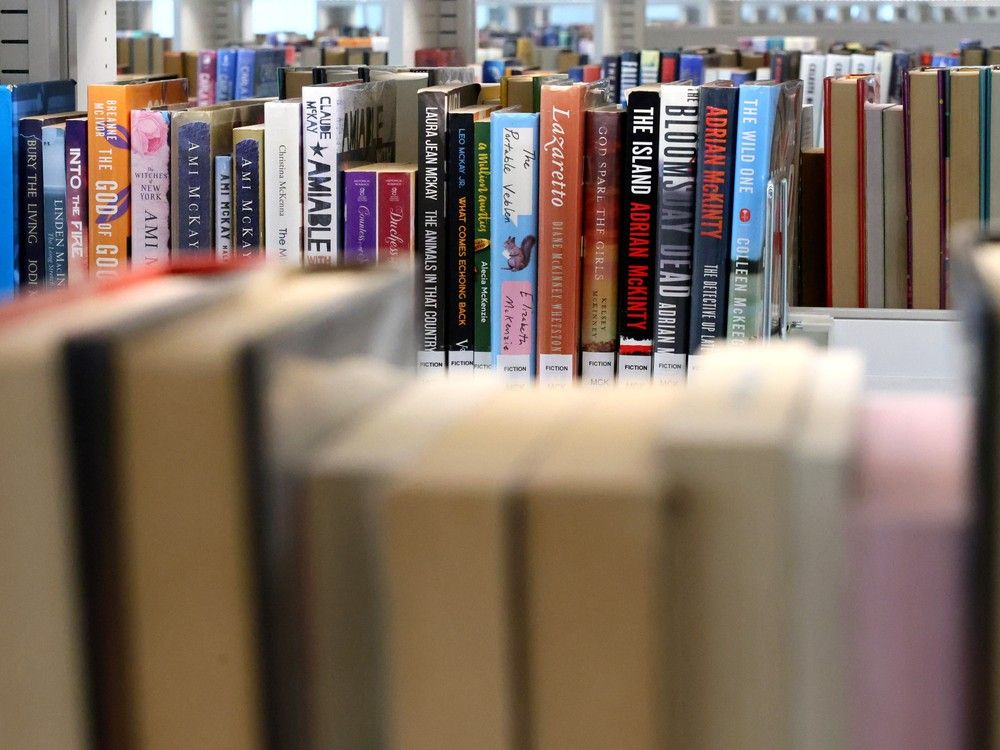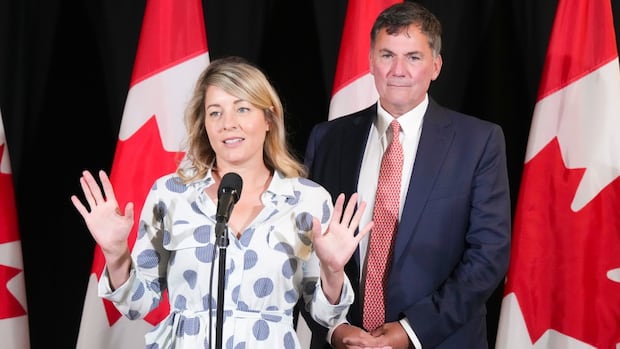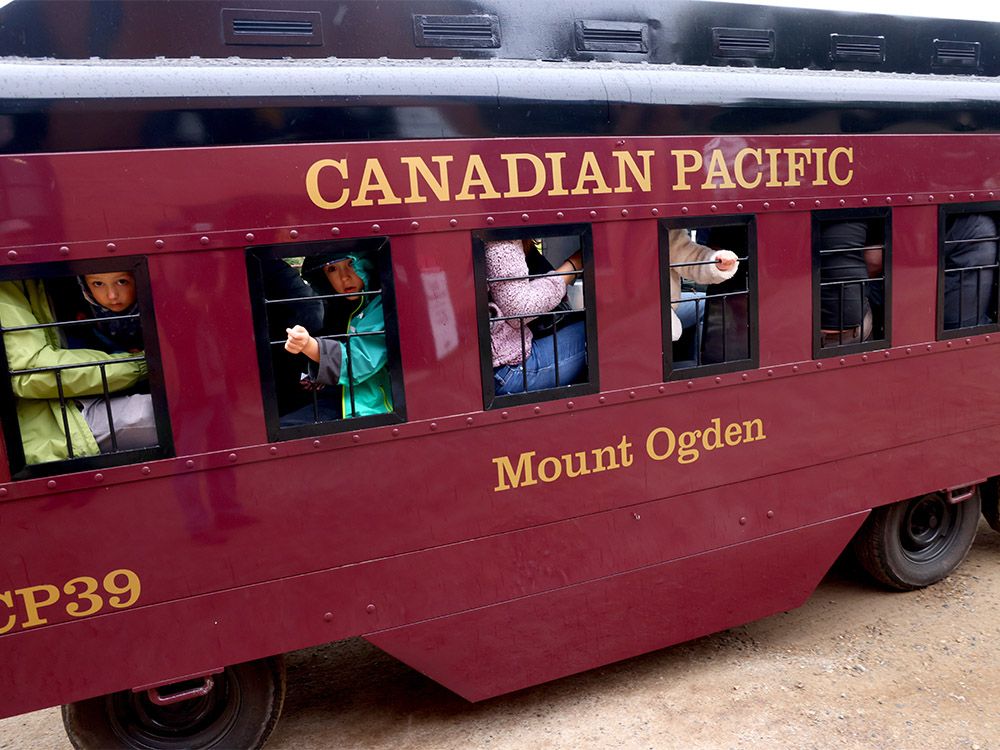What’s behind the problems with Canada’s international student program?

Colleges and universities in Canada are making billions from international students, but many of those students have spoken out about living under precarious conditions.
Jovial Orlachi Osundu, president of the international students association at the University of Moncton, says international students are being wrongfully blamed for housing and job shortages.
“It is pretty unfair to use them as scapegoats to explain the wrong decisions that our political actors took in the past,” Osundu said.
Schools are now facing major reductions in the number of study permits for international students that they’ll be allocated after the federal immigration minister announced a temporary cap on Monday, with the goal of targeting institutional “bad actors” and addressing the impact on the housing market.
But how did we get to this point in Canada’s international student program in the first place?
Many post-secondary schools have boosted international enrolment in recent years because provincial funding for colleges and universities has declined. But officials are calling out ‘bad actors’ who they say mislead students about the real cost of living and ‘puppy mill’ schools that don’t provide a quality education.
Breaking down post-secondary education funding
There are more than one million international students in Canada, according to figures from Immigration, Refugees and Citizenship Canada.
Economist Mike Moffatt, an assistant professor at the Ivey Business School at Western University in London, Ont., says post-secondary institutions boosted international enrolment in response to provincial governments cutting back on funding “over the last decade or more.”
In Ontario, data from the provincial government shows operating grants for universities were lower in 2021 — $8,350 per student — than in 2008, when they were $8,514 per student, not accounting for inflation.
“At least a handful of schools have kind of gone above and beyond what was necessary to fill in the financial blanks and have massively increased their enrolment,” Moffatt said.
Moffatt notes that colleges, in particular, are relying heavily on international students and it’s most pronounced in Ontario.
About 76 per cent of all tuition fees for colleges in that province come from international students, according to a report by consulting firm Higher Education Strategy Associates.
The report estimates that students from India alone will provide Ontario colleges with $2 billion in operating revenue for the 2023-2024 school year. That’s slightly more than those colleges receive from the provincial government.
Who are the ‘bad actors’ in the sector?
The surge in international students has coincided with reports of some recruiters misleading those students about the education they’ll receive and the real cost of living in Canada.
Both federal and provincial officials have referenced these “bad actors” in the post-secondary sector, who they say have preyed upon international students.
In a statement, Jill Dunlop, Ontario’s minister of colleges and universities, said “some bad actors are taking advantage of these students with false promises of guaranteed employment, residency and Canadian citizenship.”
CBC’s The Fifth Estate exposed some of those false promises in their undercover investigation in 2022 that exposed what some recruitment agents in Punjab, India, told students planning to study in Canada.
The Fifth Estate went undercover in India to reveal the pitch made to some students planning to attend Canadian colleges. The father and son in this video are interested in a Canadian education and agreed to wear a hidden camera as they met agents.
The investigation found “sub-agents” working in the industry — recruiters who don’t work directly with schools, but through third-party aggregators.
A report from Ontario’s auditor general in 2021 found Canada’s increase in international students was influenced by prospective students viewing our post-secondary institutions as “a pathway for immigration.”
But a Statistics Canada study that same year found only about 30 per cent of people who come to Canada on a student visa obtained permanent residency within a decade.
Ashish Gill is a first-year hospitality student at Fanshawe College’s Toronto campus, which is part of a partnership with the private ILAC International College. Gill is from India and says he hopes he’s able to work in Canada once his studies are complete.
“People are here for the [permanent residency]. They have the mindset of getting P.R.,” Gill said.
George Jiang, an international student in his third year at the University of Prince Edward Island, agrees. “Most of us have a goal to immigrate to Canada,” he said. “The living quality is generally higher than a lot of our home countries.”
As the prospect of permanent residency has contributed to an increasing number of study permit applicants, many of those students are attending private colleges.
‘The diploma equivalent of puppy mills’
Federal Immigration Minister Marc Miller calls some private colleges in Canada “the diploma equivalent of puppy mills that are just churning out diplomas.”
Miller and other officials say these “puppy mill” schools are often entirely dependent on international student tuition. Some are located in strip malls and Miller says they don’t provide a quality educational experience.
Miller pointed to B.C. and Ontario in particular as areas where private institutions are giving out what he called “fake” degrees. He said these institutions have “exploded in the last couple years.”
B.C. is set to announce measures that will improve oversight and accountability of private education providers that advertise services to international students, Post-Secondary Education Minister Selina Robinson tells BC Today host Michelle Eliot.
Moffatt says part of the problem is that the responsibility for regulating the industry lies with multiple levels of government.
“It allows for a lot of finger-pointing between orders of government,” Moffatt said.
Prospective students who are applying for a study permit need an acceptance letter from a school that’s on Canada’s list of designated learning institutions. Provinces and territories are responsible for licensing those institutions and the federal government maintains the full list.
Immigration Minister Marc Miller, who announced that the federal government will cap the number of international student permits over the next two years, told CBC’s David Cochrane that there are hundreds of ‘degree-granting institutions’ across the country, and that the provinces bear part of the responsibility for cracking down on them.
CBC News reached out to Miller’s office to ask whether “puppy mill” schools are on that list and how the federal government plans to address them if provinces and territories don’t act.
Julie Lafortune, a communications adviser for Immigration, Refugees and Citizenship Canada (IRCC), said in a statement that IRCC will adopt a “recognized institutions” framework to identify designated learning institutions that “set a higher standard.”
The statement says the government plans to implement that framework in time for the fall 2024 semester.







